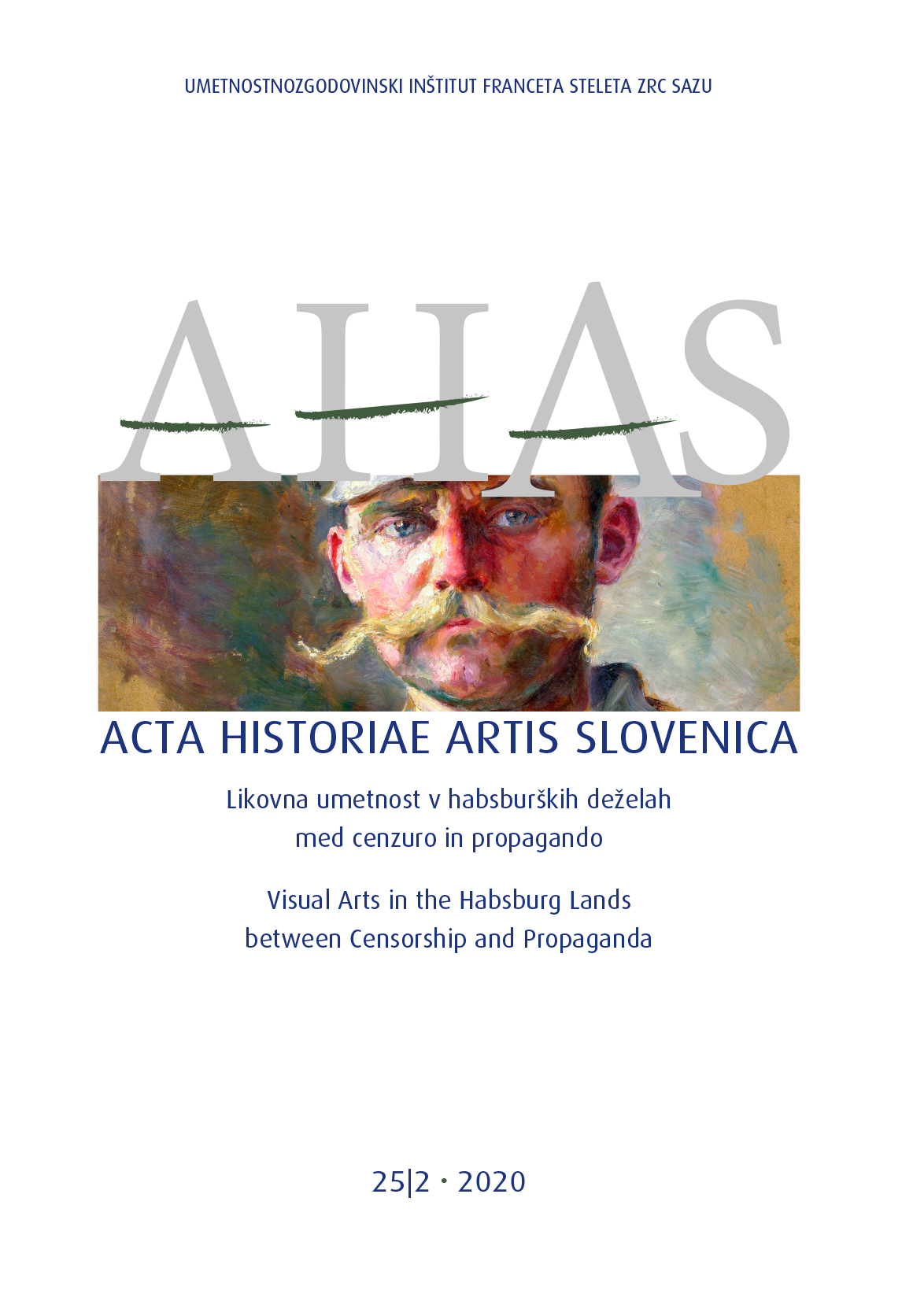The Habsburg Mausoleum in Seckau Monastery Church
DOI:
https://doi.org/10.3986/ahas.25.2.04Keywords:
Habsburgs, Inner Austria, Counter-Reformation, Mausoleum, Archduke Charles II., Archduchess Mary, Alexander de Verda, Teodoro Ghisi, Sebastiano CarloneAbstract
With the choice of the Seckau collegiate church as a burial place for himself and his family, Archduke Karl II emphasized its status as the cathedral church of the diocese of Seckau, which was endangered by the spread of Protestantism in the second half of the 16th century. The construction and furnishing of the mausoleum in the years 1587 to 1612 were mainly carried out by northern Italian builders, painters, and plasterers who, on the one hand had special abilities, and on the other hand – in contrast to the Styrian artists – were Catholics. Large funds had to be raised for their fees and for the selected material. After the Archduke’s death, his widow, Archduchess Maria, and later his son, Archduke Ferdinand, were very keen on completing the mausoleum despite difficulties in funding. The complex iconography of the reliefs on the epitaph and on the pillars, as well as the ceiling and wall paintings, refers several times to Archduke Karl and his family in order to glorify the regent as representative and protector of the Catholic faith. As a “Gesamtkunstwerk”, the Habsburg Mausoleum is a splendid manifestation of the beginning of the Counter-Reformation.
Downloads
Downloads
Published
How to Cite
Issue
Section
License
Copyright (c) 2020 ZRC SAZU in avtorji

This work is licensed under a Creative Commons Attribution-NonCommercial-NoDerivatives 4.0 International License.
Authors guarantee that the work is their own original creation and does not infringe any statutory or common-law copyright or any proprietary right of any third party. In case of claims by third parties, authors commit their self to defend the interests of the publisher, and shall cover any potential costs.
More in: Submission chapter




